Summer mushrooms
2 Jahren ago · Updated 6 Monaten ago
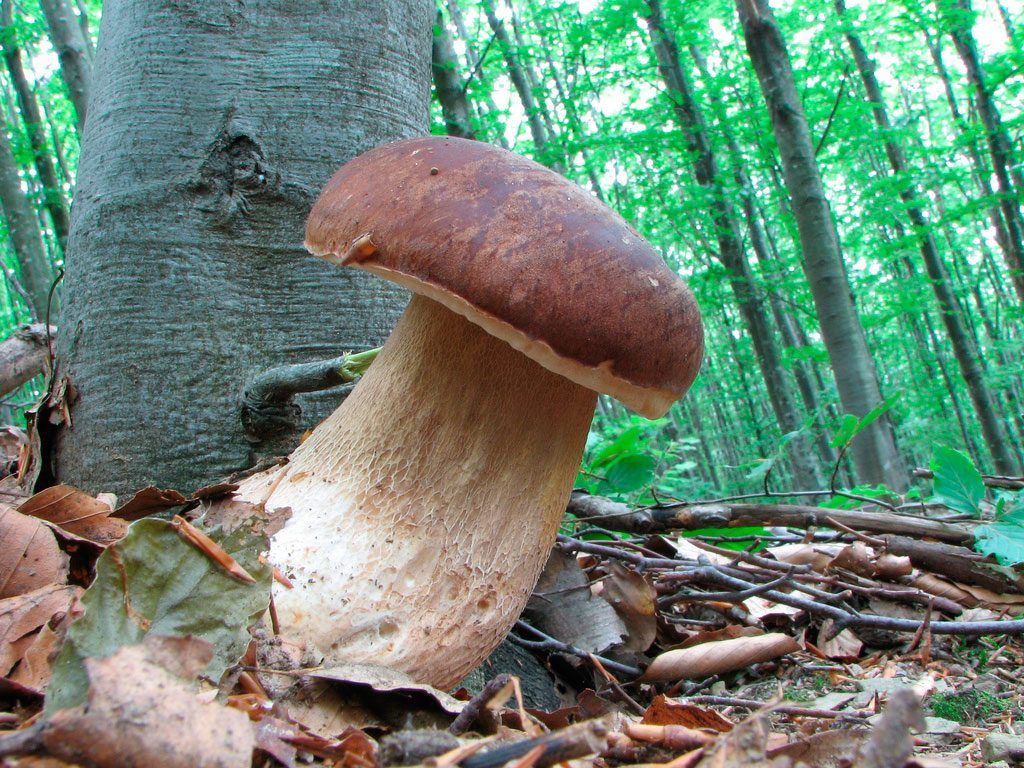
Are you a summer mushroom lover? Many people think that there are no mushrooms at this time of year, which is good news for mushroom pickers.
This way, the mycological summer will remain almost exclusively reserved for mycology and mushroom enthusiasts. This is one of the times of year when you can enjoy the woods in peace. You are unlikely to encounter anyone else, and the pleasure of strolling under pine and oak trees in search of boletus aereus, pinicolas, and even edulis is indescribable.
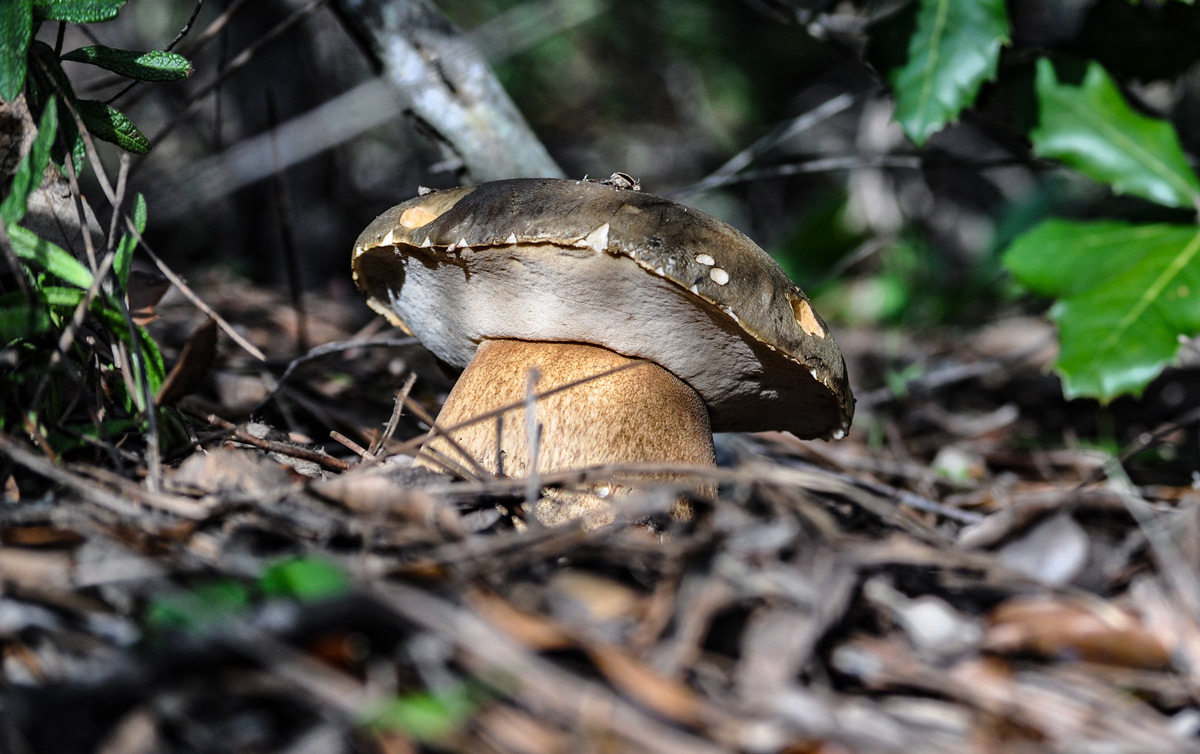
Looking for mushrooms in summer
The average person believes that mushrooms only appear in autumn. Nothing could be further from the truth!
It is becoming increasingly well known that spring is also a good time for mushroom hunting. In fact, certain species of spring mushrooms, such as morels, morels, meadow mushrooms, and amanita mushrooms, are becoming increasingly popular and are harvested by mycology enthusiasts.
But when we say that many interesting mushrooms can also be harvested in summer, those who hear this statement usually respond with disbelief. Well, it's just as well that this is the case for the very survival of the mycelia and for the peace of mind of edible mushroom hunters, who can at least enjoy nature on their own in summer. In fact, the best thing that could happen for mushrooms and mushroom hunters is for people to think that there are no mushrooms in summer.
Where to look for mushrooms in summer
The Spanish climate is as varied as our geography. Summer is therefore a rather vague concept and means something very different in Cordoba than in Soria or Santander.
This curious popular saying from the Castilian Meseta, according to which the climatic year is divided into “nine months of winter and three of hell,” has no value in the Pyrenees or in many other places and cannot be generalized.
Beware of rain and drought
For the world of mushrooms, what is extremely negative is what was also known in the past as “estío,” that is, the period of drought and heat. But even with drought and heat, mushrooms can still be found, as there are always small corners in the forests with more humid microclimates and cooler areas.
Summer boletes
In any case, during a summer that can last from April to September, depending on the location, there are many species that we can look for, including some edible boletes that prefer this season.
In a previous post, we already talked about the Boletus aereus or black mushroom. We have already mentioned the preference of this excellent edible mushroom for heat and summer. But it is not the only bolete in the edulis family that likes “heat.”
Boletus aestivalis, so called because it is a summer boletus, is another common mushroom at this time of year.
It is considered to be the least tasty of the four most sought-after boletus mushrooms, edulis, pinophilus, aereus, and reticulatus, although it is actually very similar to them. This is true in terms of taste, texture, and size.
So, if we are lucky enough to find them, we will definitely need a good mushroom basket, because they grow in large quantities!
Summer storms, safe mushrooms
In the middle of a heatwave, in the driest areas, it is not uncommon for a good storm to break out in July and August (if it is accompanied by hail, even better) and five or six days later, the first mushrooms appear.
But be careful! This is the hottest time of the year, and it's important to understand that they certainly don't last long and will disappear in two or three days.
Be sure to check the mushrooms you pick, as this is the harvest season when you'll find the most parasites and larvae, so you should refrigerate any mushrooms you find right away.
After storms, you can find large quantities of milk mushrooms in any pine forest, especially if the rain was accompanied by hail, as we mentioned earlier. It seems that this thermal shock awakens the mycelium, which is very interesting information for enthusiasts of this mushroom.
Knowing the cycle of these mushrooms, which we explain in this article on porcini mushrooms, we will have to start the clock because it is in summer that it begins, after the first heavy rains
What edible mushrooms grow in summer?
There are many species that prefer to appear in autumn, as this is the time of year when the ground is moist and the temperature is right (and the ground itself is warm, as we must not forget that mycelia are generally underground dwellers).
However, in the middle of summer, there are many places that normally receive a certain amount of water, as is the case in mountainous areas at all latitudes (of course, the further north you go, the closer you are to the sea), and as happens throughout the Cantabrian coast and to a lesser extent in the Pyrenees.
Summer chanterelles
In northern Galicia, Asturias, Santander, and the Basque Country, it rains in summer, although the truth is that in recent years it has not rained much, which is good for tourism but bad for mushrooms.
In all the forests of these provinces, it is very easy to find girolles in June and July, which appear at different altitudes and in different forests.
A very interesting fact for lovers of this mushroom is that it is also found in low-altitude eucalyptus plantations near the sea. Yes, we wrote eucalyptus plantations, because although it is generally said that mushrooms do not grow under these trees or that they are rare species from Australia.
The reality is that, whether due to continuity with the previously existing vegetation or for some other reason, a lot of things can be found under eucalyptus trees (including wild mushrooms).
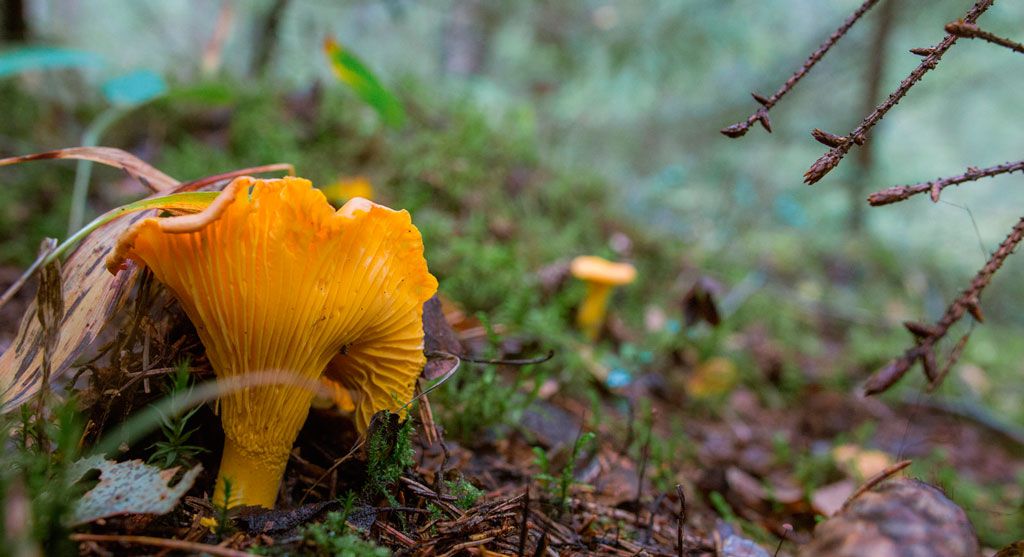
Oyster mushrooms and boletus pinophilus. . .
Another species that can be harvested in midsummer after a few days of rain or thunderstorms is the oyster mushroom.
Abandoned fields that have not been plowed for several years, where this delicious mushroom appears, are very generous when they have water for a few days and then the sun comes out, which is guaranteed in summer, and this happens in both June and September.
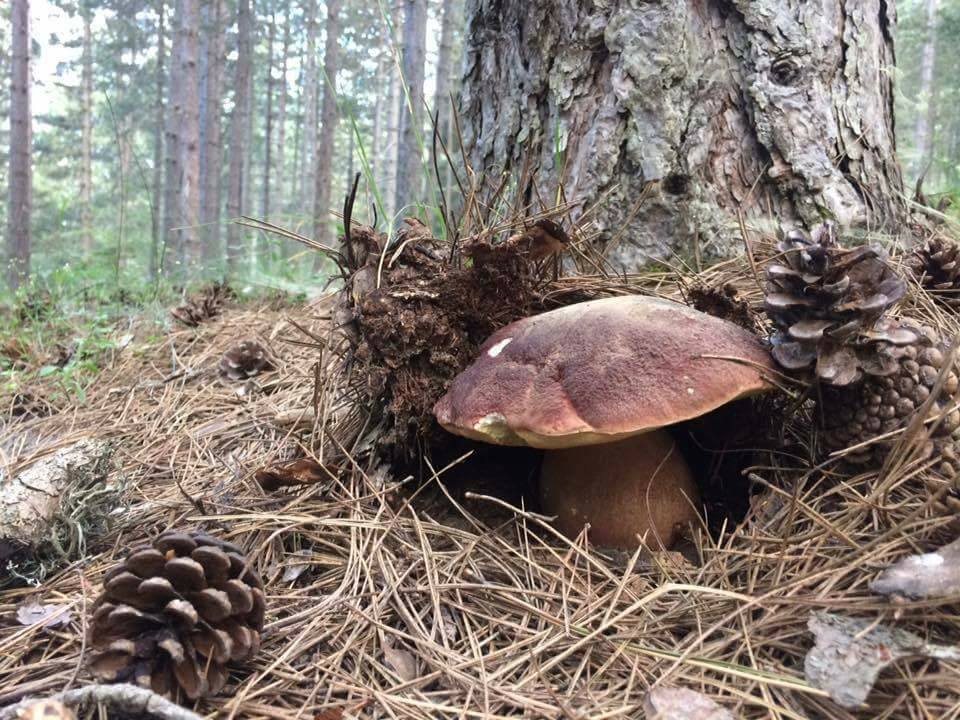
Sierra de Guadarrama, in the middle of July, dry, parched ground capable of demoralizing even the most determined mushroom pickers. At the same time and in the same place, in slightly wetter years, pinícoles abound, even until the end of June or early July, growing at altitudes between 1,000 and 2,000 meters. But they depend heavily on rain or drought, which means that these boletes do not always make an appearance.
Amanita rubescens, delicious
Should we throw in the towel while the dry pine twigs crack under our feet? Of course not. Persistence pays off, and by breaking up the hard, dry soil, we can find setae of Amanita rubescens with strong, compact specimens.
Some of the mushrooms that are already fully developed will surely be worm-eaten (a natural and normal phenomenon in summer, when mushrooms do not last long without spoiling in the ground), but many others will be intact. A precious discovery. But it is not unique.
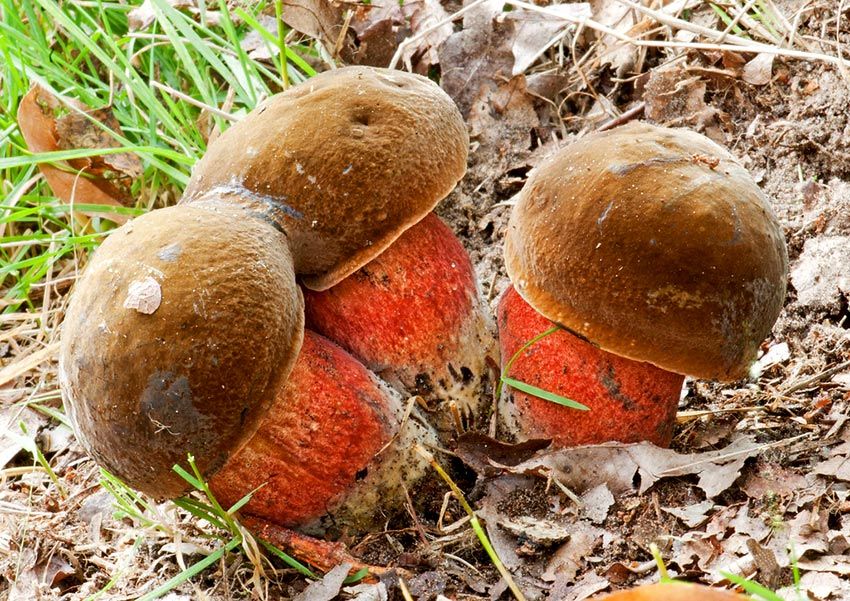
Boletus erythropus, fond of heat and humidity
The dark, compact head of a good bolete mushroom attracts us, in the hope of finally finding a pinícola. No, it's a B. erytropus, much uglier, turning blue as soon as you touch or cut it, but almost as delicious in cooking as its relatives in the edulis family.
With mushrooms like this, which almost no one knows about, let alone harvests (the reality is that the blue color of its flesh requires a real act of faith to eat and cook it), it is a pleasure to walk in nature in the middle of summer.
Other summer mushrooms we may find
But these two are not unique cases. Even with scorching heat and dry, parched soil, we can find Russula vesca (delicious), Boletus lépidus, Sarcosphaera crassa in abundance, Amanita spissa (with its characteristic radish smell that identifies it), and Agaricus spissicaulis (also easily identifiable by the radicle-like structure they drag along the ground when pulled out).
Summer truffle
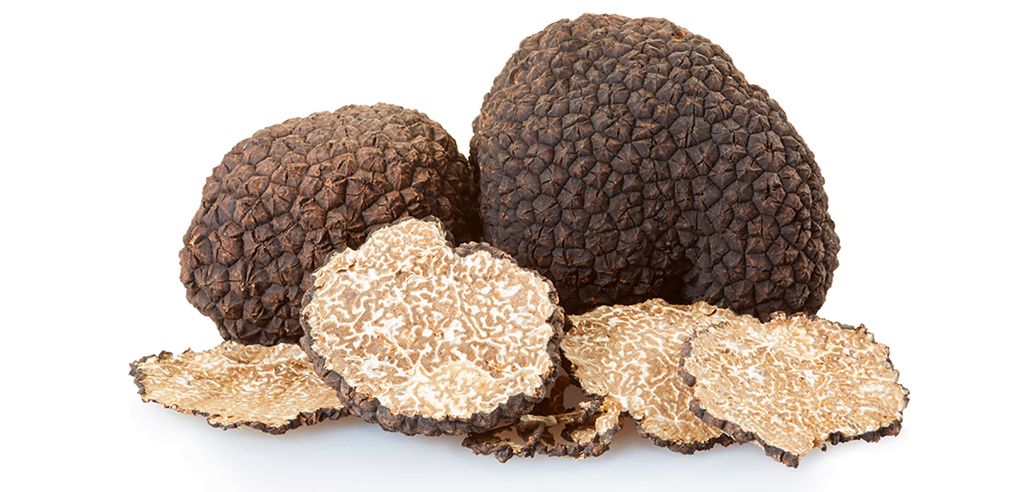
The name of this summer truffle species, aestivum, indicates its seasonal preference. Although not as highly regarded as its winter counterpart, the black truffle or melanosporum, it is harvested in abundance during this time of year.
The boom in truffle plantations of this variety has made it commonplace in our kitchens
Did you expect to discover such a wide variety of mushrooms and boletes that are excellent to eat? That's why this time of year is one of the best for picking them. All you have to do is prepare your mycological equipment, take a good bottle of water (because it gets very hot) and head out to your favorite mountain.
You're sure to find a good crop that you can show off at your town's festivities or at parties with your friends on the beach.
If you liked this article, help us share it and pass it on.
Cheers and mushrooms!

Sie könnten Sie interessieren